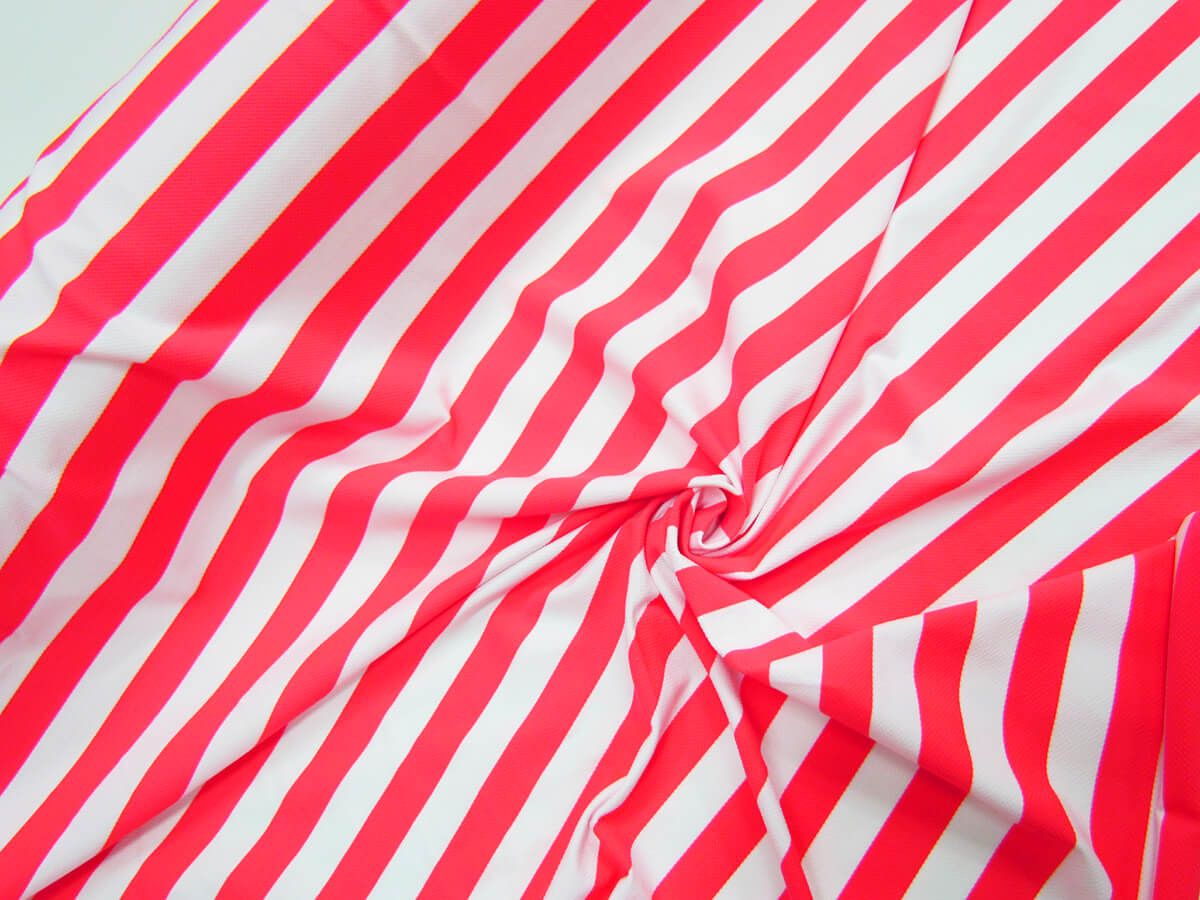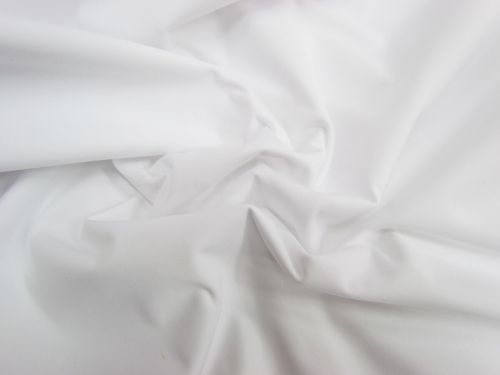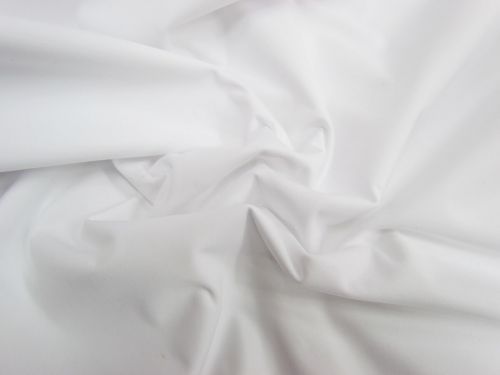All About Sublimation

What is Sublimation?
Sublimation is a printing method that uses heat and pressure to transfer dye into a material, producing a permanent, full-color image. The process involves printing a design onto sublimation transfer paper using specialised sublimation ink. The paper is then placed onto the material to be printed and subjected to heat and pressure. During this process, the dye on the transfer paper sublimates, or turns from a solid into a gas, and then re-condenses back into a solid, bonding with the fibres of the material to produce a high-quality, vibrant image. The most common materials used for sublimation printing are fabrics made of polyester and other synthetic fibres.
What fabrics are suitable for sublimation printing?
For sublimation printing, fabrics made of polyester, or a blend of polyester and other synthetic fibers (such as polyester with spandex or elastane), are best suited as they allow the dye to penetrate the fibres, resulting in a long-lasting, vibrant image. Blends with natural fibers such as cotton are also suitable, but the image will not last as long and may fade over time.
History of sublimation printing
The concept of sublimation, or the transition of a substance from a solid state to a gaseous state, was first described by the ancient Greek philosopher Aristotle. However, the process of sublimation printing as we know it today was developed in the mid-20th century.
Sublimation printing for commercial applications emerged in the 1960s and 1970s with the development of new sublimation dyes and the introduction of heat-resistant synthetic fabrics. Since then, the process has continued to evolve, and advancements in digital printing technology have made sublimation printing even more accessible and cost-effective for a wide range of applications.
What are the benefits of sublimation printing?
Sublimation printing offers several benefits, including:
-
Vibrant, long-lasting color: The sublimation process allows the dye to penetrate the fibers of the material, resulting in a high-quality, vibrant image that will not fade or peel over time.
-
Wide color gamut: Sublimation ink is available in a wide range of colors, allowing for a wide range of color options and greater color accuracy in the printed image.
-
Fast production times: The sublimation process is relatively fast and efficient, allowing for large quantities of items to be produced quickly.
-
Versatile applications: Sublimation printing can be used on a wide range of materials, including fabrics, ceramics, metal, and plastic, making it suitable for a variety of applications which is great for brands that have many different products in their range - from fashion to homewares and accessories to reuse the same designs.
-
Cost-effective: Sublimation printing is a cost-effective option compared to other printing methods, especially for large runs of items.
-
Environmental benefits: Sublimation printing is a digital process that generates less waste compared to traditional printing methods, making it a more environmentally friendly option.
These benefits make sublimation printing a popular choice for a variety of applications, including sportswear, promotional products, and home décor.
Can nylon fabrics be used for sublimation printing?
Nylon cannot be used for sublimation printing because it does not have the necessary properties to allow the dye to penetrate the fibers and bond permanently, which is a requirement for sublimation printing. Nylon is a synthetic polymer and has a smooth, non-porous surface that does not allow the sublimation ink to penetrate and bond with the fibers. As a result, the dye remains on the surface of the material and can easily peel, fade, or rub off. Fabrics made of polyester or a blend of polyester and other synthetic fibers are best suited for sublimation printing as they have a more porous surface, which allows the dye to penetrate the fibers and produce a long-lasting, vibrant image.
Why can't natural fibre fabrics be used for sublimation?
Natural fibre fabrics, such as cotton, linen, silk, cannot be used for sublimation printing because they do not have the necessary properties to allow the dye to penetrate the fibers and bond permanently. Natural fibers have a smooth, non-porous surface that does not allow the sublimation ink to penetrate and bond with the fibers. As with nylon, the dye remains on the surface of the material and can easily peel, fade, or rub off.
Can viscose fabrics be used for sublimation?
No, viscose cannot be used for sublimation printing. Viscose is a natural fiber made from cellulose, and does not have the necessary properties to allow the dye to penetrate the fibers and bond permanently, as is required for sublimation printing.
What are some of the alternatives to sublimation printing?
There are other types of fabric printing methods, including:
-
Screen Printing: This is a traditional method that uses stencils and ink to transfer a design onto fabric.
-
Digital Printing: This method uses specialized inks and digital printing equipment to produce high-quality, full-color images.
-
Heat Transfer Printing: This method uses a heat press to transfer an image from a transfer paper onto a material.
-
Direct-to-Garment Printing: This method uses digital printing technology to directly print an image onto a garment.
-
Block Printing: This is a traditional hand-printing method that uses carved wooden blocks to apply ink to fabric.
-
Tie-Dye: This method uses fabric dyes and special tying techniques to produce unique, multicolored patterns on fabric
These are some of the most commonly used fabric printing methods, and each has its own unique advantages and limitations. The best method for a specific project depends on the desired outcome and the specific needs of the project.


